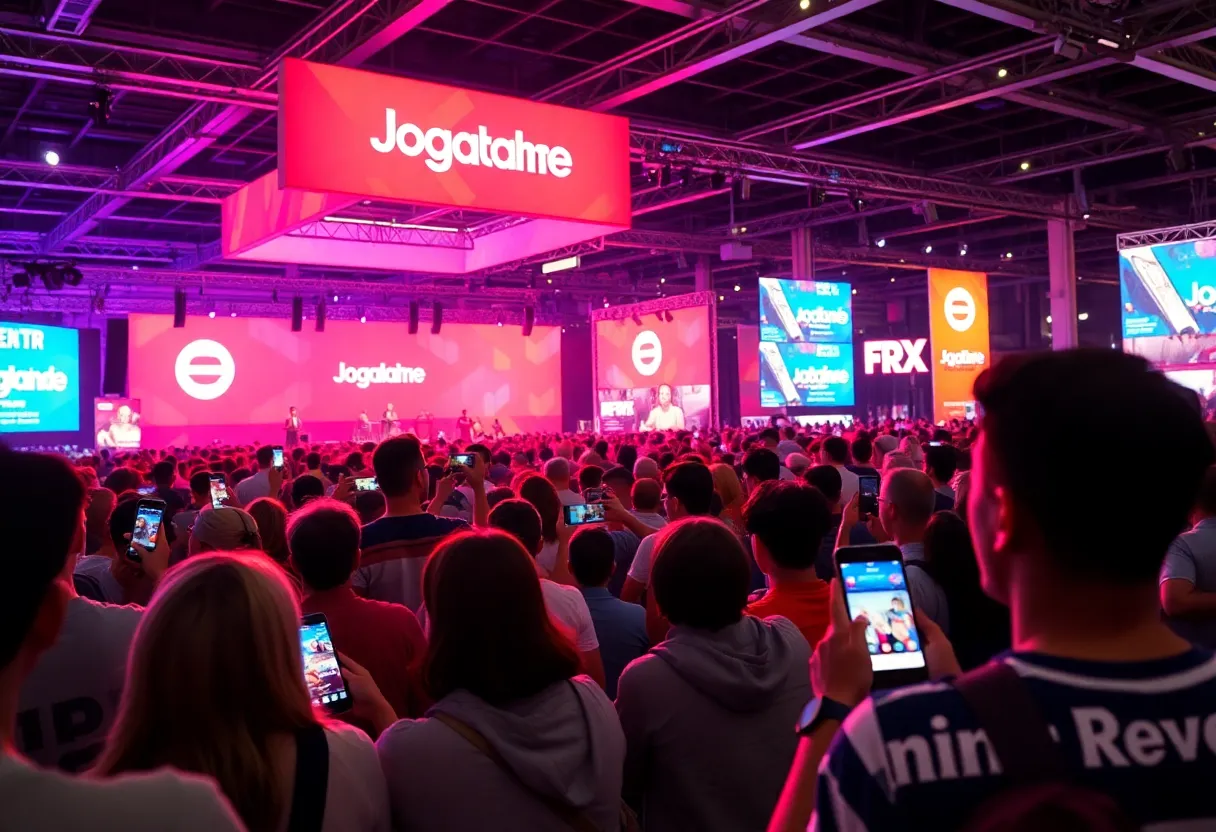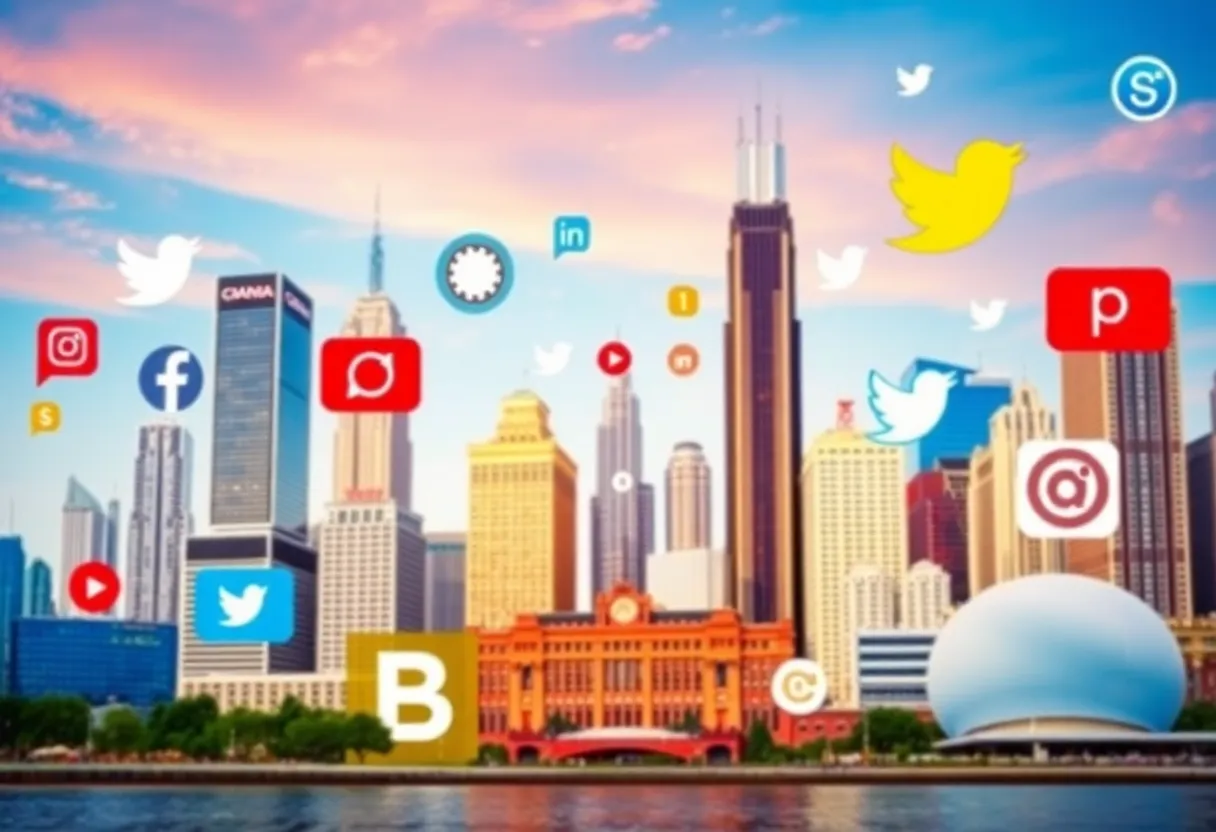News Summary
The wellness industry has reached a remarkable $6.3 trillion, growing at an annual rate of 7%. Shifting consumer priorities favor quality over price, emphasizing holistic well-being. A gap exists between consumer demand for wellness solutions and marketing investments by wellness companies. Brands that prioritize authenticity and community engagement are likely to thrive.
Wellness Industry Surges to $6.3 Trillion as Consumer Priorities Shift
The world has witnessed an impressive boom in the wellness industry, soaring to a staggering $6.3 trillion and growing at an annual rate of 7%. This growth isn’t just a trend; it reflects major shifts in how consumers are thinking about their health and happiness.
Changing Consumer Attitudes
According to recent findings, more than 80% of consumers are now putting wellness at the center of their lives. This insight comes from a comprehensive survey conducted by experts, revealing that folks are moving away from making purchasing decisions based primarily on price. Instead, a growing number of people are focusing on the quality of wellness products and services.
It’s fantastic to see that consumers are taking a holistic view of well-being, which means they’re considering every aspect of their health — physical, mental, emotional, and even financial wellness. This new perspective is changing the game for businesses in the wellness sector.
The Digital Disconnect
One interesting point worth noting is that while 83% of consumers are relying on search engines for finding wellness solutions, only 26% of wellness companies are investing in online marketing. This represents a significant gap that presents both a challenge and an opportunity for brands aiming to meet consumers’ needs.
Authenticity is Key
To resonate with today’s health-conscious individuals, marketers are encouraged to share authentic stories about their products and services, ensuring that they align with the core values of their target audience. This connection is essential, especially in a time when consumers are savvy enough to spot disingenuous collaborations.
In today’s marketing landscape, user-generated content has emerged as a trustworthy way to promote wellness brands. It encourages connections and creates a sense of community among consumers who are on their own health journeys.
Educating and Engaging Consumers
Companies that truly want to stand out should position themselves as experts and resources. Sharing valuable insights through blogs, podcasts, and webinars creates an environment of trust and authority. Instead of bombarding customers with promotional material, brands should focus on offering real value that enhances visibility on social media and search platforms.
Creating Meaningful Connections
When brands collaborate with influencers, it’s crucial that they maintain authenticity and ensure that partnerships resonate well with their audience. Consumers today are well-informed and can easily detect when a collaboration feels forced or inauthentic.
Marketing strategies should evolve to create interactive and immersive experiences that align with the consumer’s personal wellness journey. This can enhance brand loyalty and create a community of engaged followers.
Westward Expansion of Wellness
Looking ahead, the U.S. health and wellness market is projected to exceed $1.5 trillion by 2025. Digital commerce will play a pivotal role in shaping this growth, particularly with trends emphasizing personalized marketing and community engagement.
The Global Wellness Summit identifies significant trends that are shaping the future, including climate-adaptive practices and AI-driven innovations, positioning wellness at the forefront of societal change.
Areas of Opportunity Abound
Interestingly, the wellness landscape is becoming increasingly polarized between high-tech solutions and accessible low-tech options. Emerging areas such as teen wellness, supplemental health products, and even the use of augmented biology for preventative health are gaining traction.
Moreover, there’s a growing focus on tackling addiction through luxury treatment experiences and innovative wellness products. The Middle East is also stepping up, establishing itself as a high-end wellness destination with significant investments in wellness tourism and AI health services.
Success in Authenticity and Engagement
Ultimately, companies that embrace authentic storytelling and prioritize community engagement are more likely to thrive in the ever-evolving wellness industry. As consumers continue to shift their priorities, it’s clear that a focus on quality, authenticity, and meaningful connections will pave the way for success.
Deeper Dive: News & Info About This Topic
HERE Resources
New HGTV Series ‘Condemned’ Aims to Revitalize Detroit Homes
Barbie Movie Inspires Brands to Connect with Consumers in New Ways
Exciting Changes at KC Global Media with New Digital Marketing Head
Exciting Times Ahead for E-Commerce: A Look into Future Growth
Revamping Advertising: How Major Brands Are Using Custom AI
Digital Silk Provides Insights on Web Design Trends for NYC 2025
Exciting News in Marketing: UpSwell Acquires Taradel!
The Booming Health and Wellness Market in California
Direct Selling Industry Thrives at $36.6 Billion Despite Minor Setbacks
Coca-Cola Introduces New Prebiotic Soda Brand – Simply Pop
Additional Resources
- Finn Partners: Wellness Marketing Insights
- Wikipedia: Wellness
- Newsfile: California Health and Wellness Trends
- Google Search: Wellness Industry
- Beauty Matter: Touchpoints of Wellness in 2025
- Encyclopedia Britannica: Health
- GlobeNewswire: Corporate Wellness Market Forecasts
- Google News: Wellness Trends
- Hotel Dive: Global Wellness Tourism
- Google Scholar: Wellness Marketing








